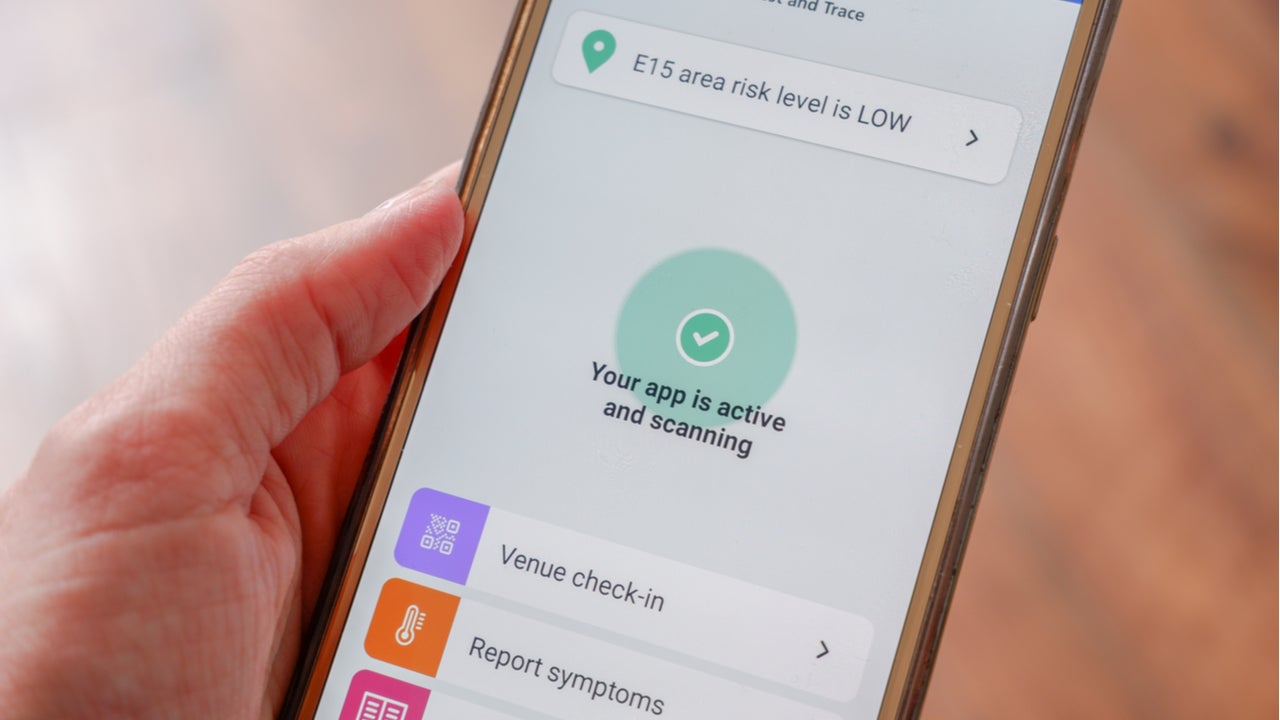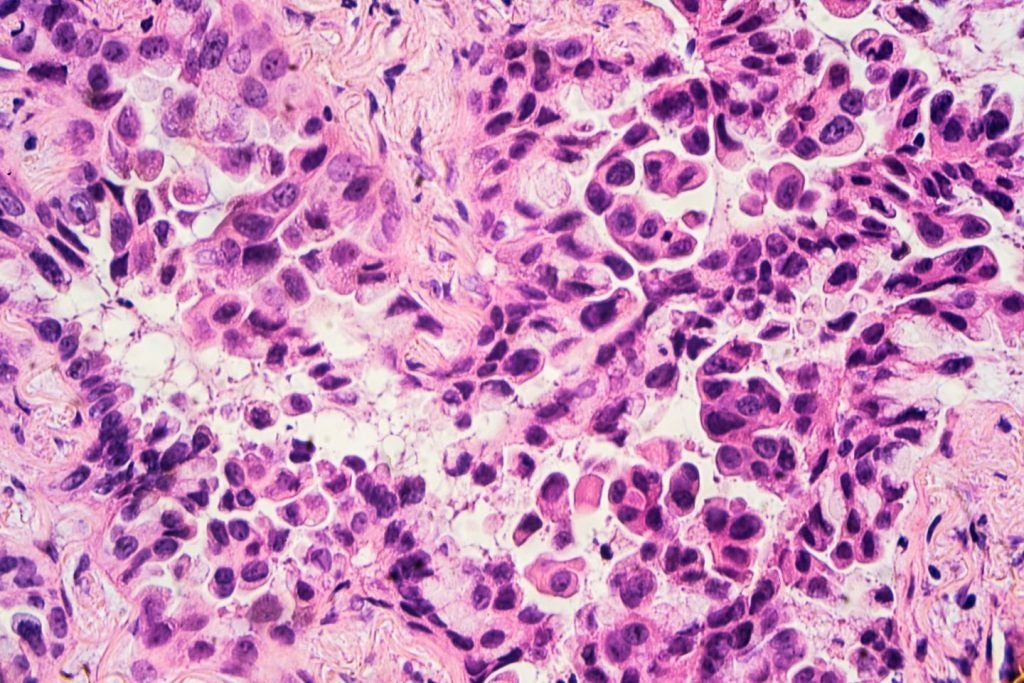
The UK Department of Health and Social Care (DHSC) has said that the NHS COVID-19 test and trace app has alerted over 1.7m users in England and Wales of potential exposure to the virus since its September launch. This news came alongside the decision to start releasing regular data updates from the app alongside wider NHS Test and Trace data, which is reported weekly.
Researchers from the Turing Institute and Oxford University have also suggested that the app may have prevented around 600,000 new cases of the disease between its launch in September and the end of 2020.
The Turing researchers found that for every 1% increase in app users, the number of infections could be seen to reduce by 0.8% (from modelling) or 2.3% (from statistical analysis). Modelling based on the observed notifications and secondary attack rate yielded 284,000 averted infections, while statistical comparison of matched neighbouring local authorities yielded 594,000 averted infections.
The software has progressed significantly following a somewhat negative reception at its launch, when programming errors led to both ‘phantom’ notifications and failure to record potential exposures.
Zühlke Engineering CEO Wolfgang Emmerich, whose firm developed the platform, says: “We built the app in six weeks and then we expanded it with a number of features for the national launch in another five, using relatively immature technology from Apple and Google. Our approach of continuously improving the app every week has led to a situation where we’ve really, really made a difference now.
“The total number of Covid-19 infections between the launch period and the end of the year was 1.9 million. It would have been 2.5 million if an extra 30% were added on top. So I think we really have made a difference.”
How well do you really know your competitors?
Access the most comprehensive Company Profiles on the market, powered by GlobalData. Save hours of research. Gain competitive edge.

Thank you!
Your download email will arrive shortly
Not ready to buy yet? Download a free sample
We are confident about the unique quality of our Company Profiles. However, we want you to make the most beneficial decision for your business, so we offer a free sample that you can download by submitting the below form
By GlobalDataOverall, 56% of the eligible population have downloaded the app, making it one of the most successful contact-tracing platforms in the world in terms of uptake.
NHS COVID-19 has consistently improved since its launch
Emmerich and his team have made regular improvements to the app, responding to government policy changes as they happened and adding new features, and will continue to do so over the coming months.
NHS COVID-19 has since incorporated GAEN API Mode 2 into its algorithm to make its risk assessment more accurate. The release of a federated server allowed the app to become interoperable with other contact-tracing apps in the UK, as well as Crown Dependencies and Gibraltar.
“Effectively, we’ve released something every week since September, more or less,” says Emmerich.
Version 4.4 of the app was recently released, allowing users to input the results of lateral flow tests (LFTs). The app distinguishes these indicative test results from confirmed test results. If a positive indicative test result is entered into the app, it will suggest booking a PCR test to get a confirmed result, as these are substantially more accurate.
The app has also incorporated ‘warn and inform’ notifications for users who have used its barcode system to check into ‘at risk’ venues where cases of Covid-19 have been detected. These are different to instructions to self-isolate, but encourage users to keep an eye out and monitor any potential symptoms.
“There is still a large bulk of work that needs to be done as the country comes out of lockdown,” says Emmerich. “As vaccinations become available, we might have to actually tweak the algorithms. I’m expecting that the app will continue to be used, because it will be until the summer or autumn that protection is widely available and maybe herd immunity is reached. Until that time, the app has a role to play to shut down infections.”
Vaccine passports will not be possible on the NHS COVID-19 platform
Earlier this week, reports suggested that NHS COVID-19 could be repurposed into a ‘vaccine passport’ platform, allowing users to prove they have been vaccinated against or tested negative for Covid-19 to gain access to public venues.
However, Emmerich says repurposing the technology this way would go against its fundamental means of operation.
The app is designed with privacy at its heart, using only ‘handshakes’ between Bluetooth devices to record possible contact. It cannot use the GPS data of a mobile phone to see where an app user has been or see personal information such as messages or contacts. Law enforcement also has no access to the app, meaning it cannot be used to monitor self-isolation, identify or track anyone by the authorities.
“Vaccination passports are fundamentally incompatible with the privacy by design principle that the Covid-19 app is based on,” he says. “We have licenses with Apple and Google that prevent the identification of individual users, and as a result the Covid-19 app cannot serve as a vaccination passport holding app.”




